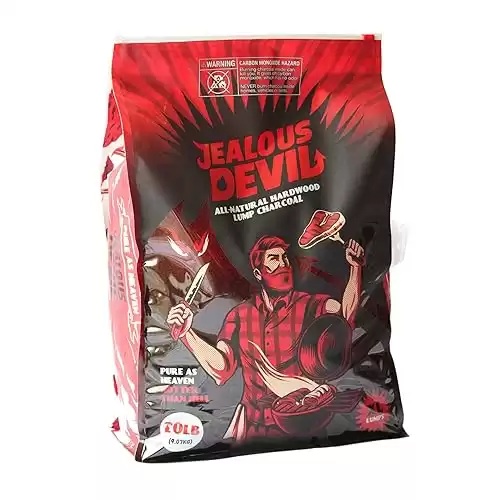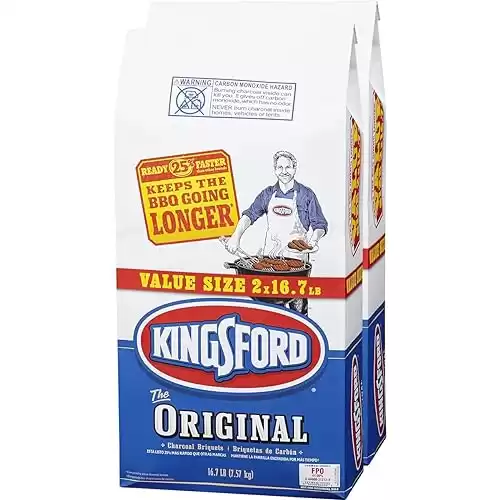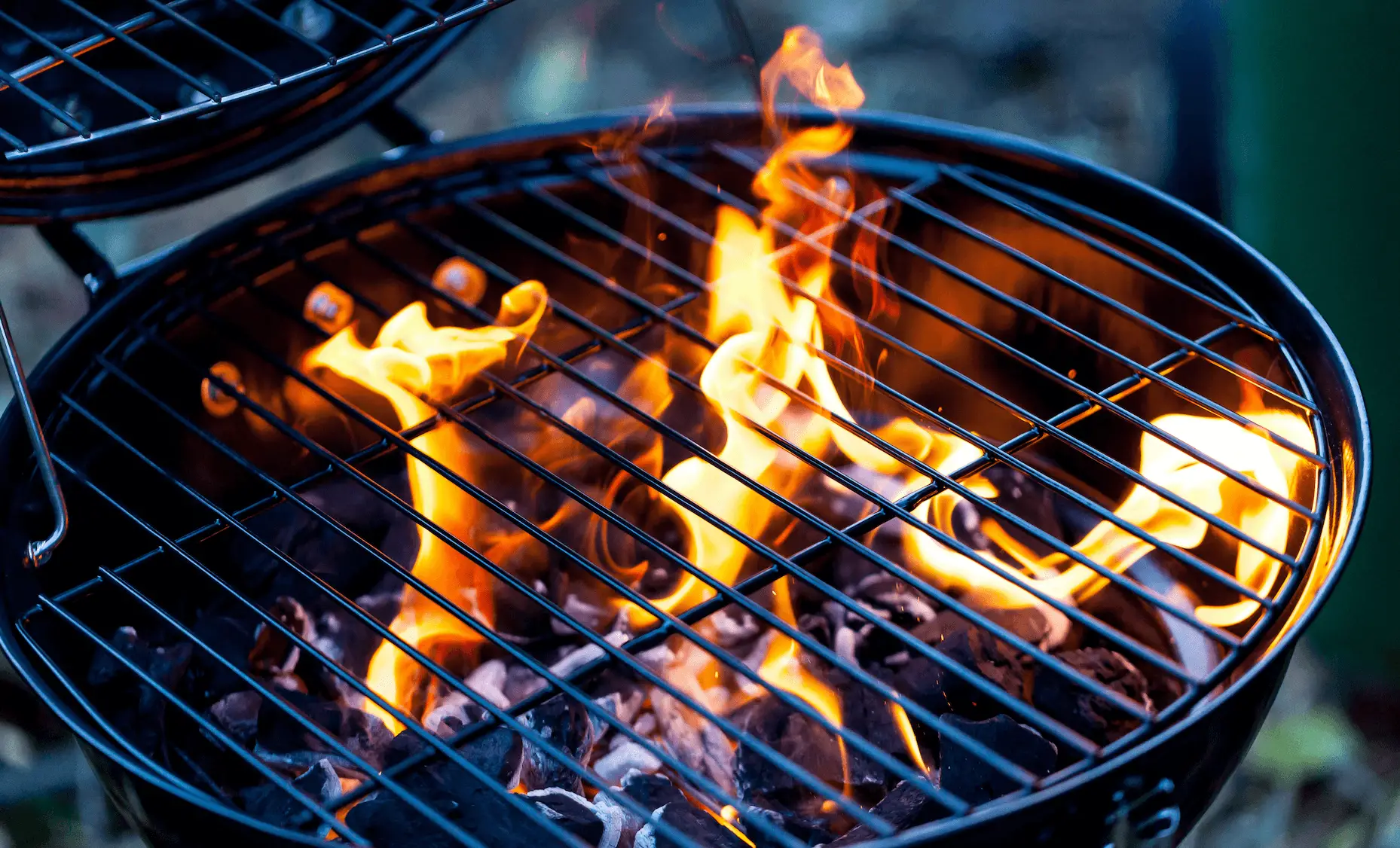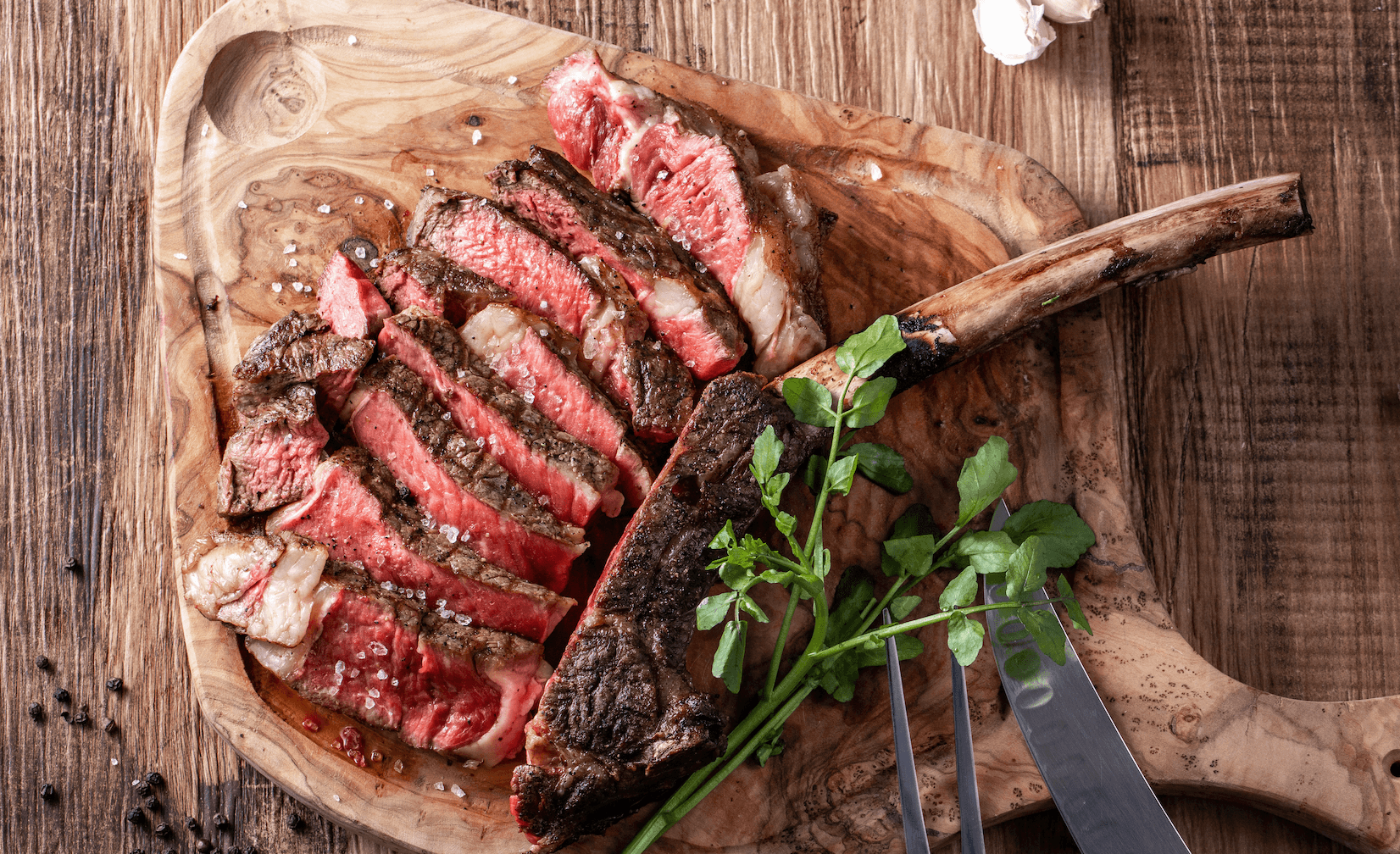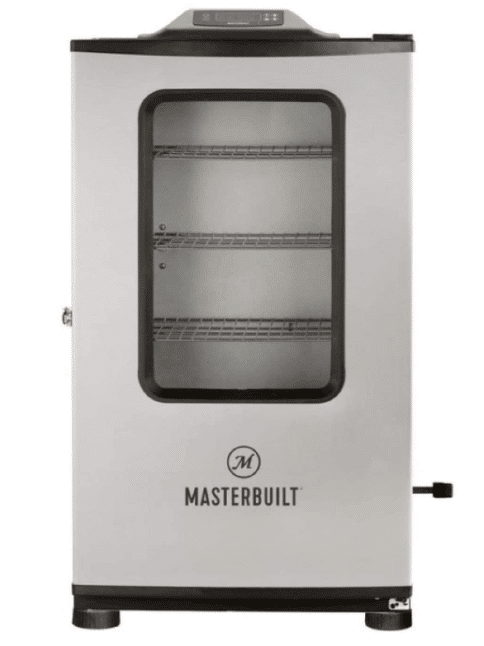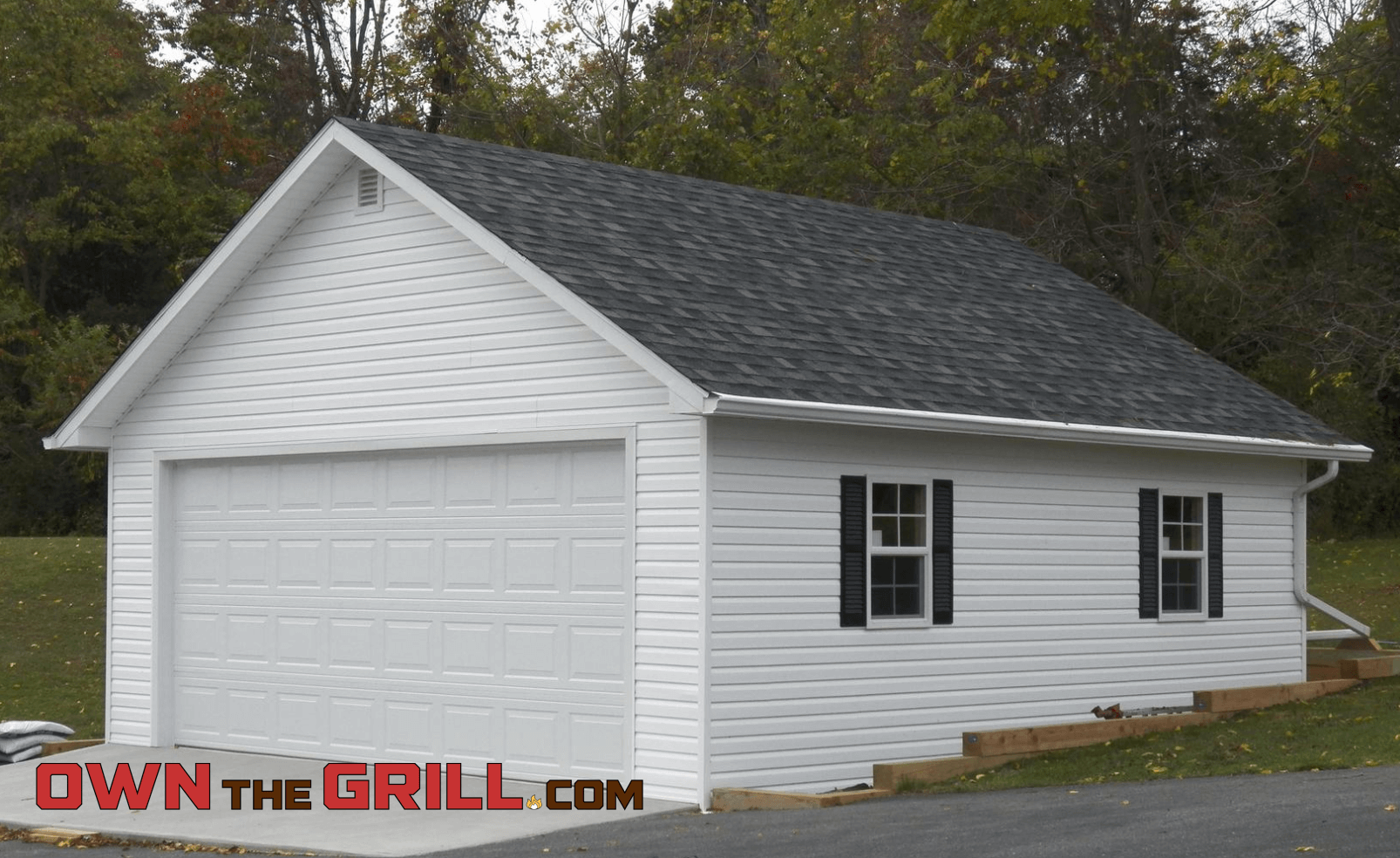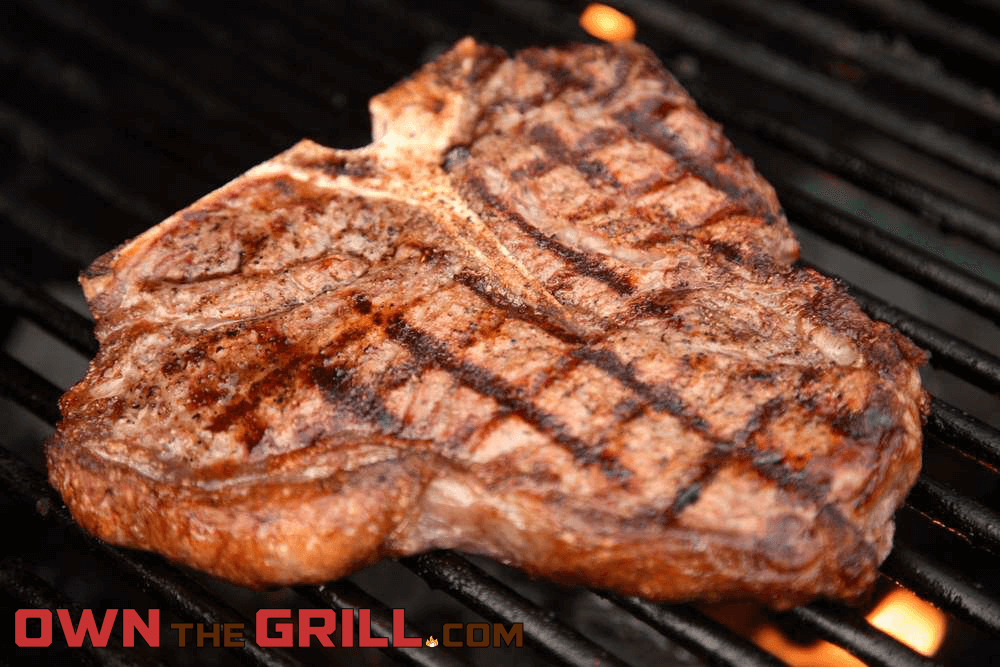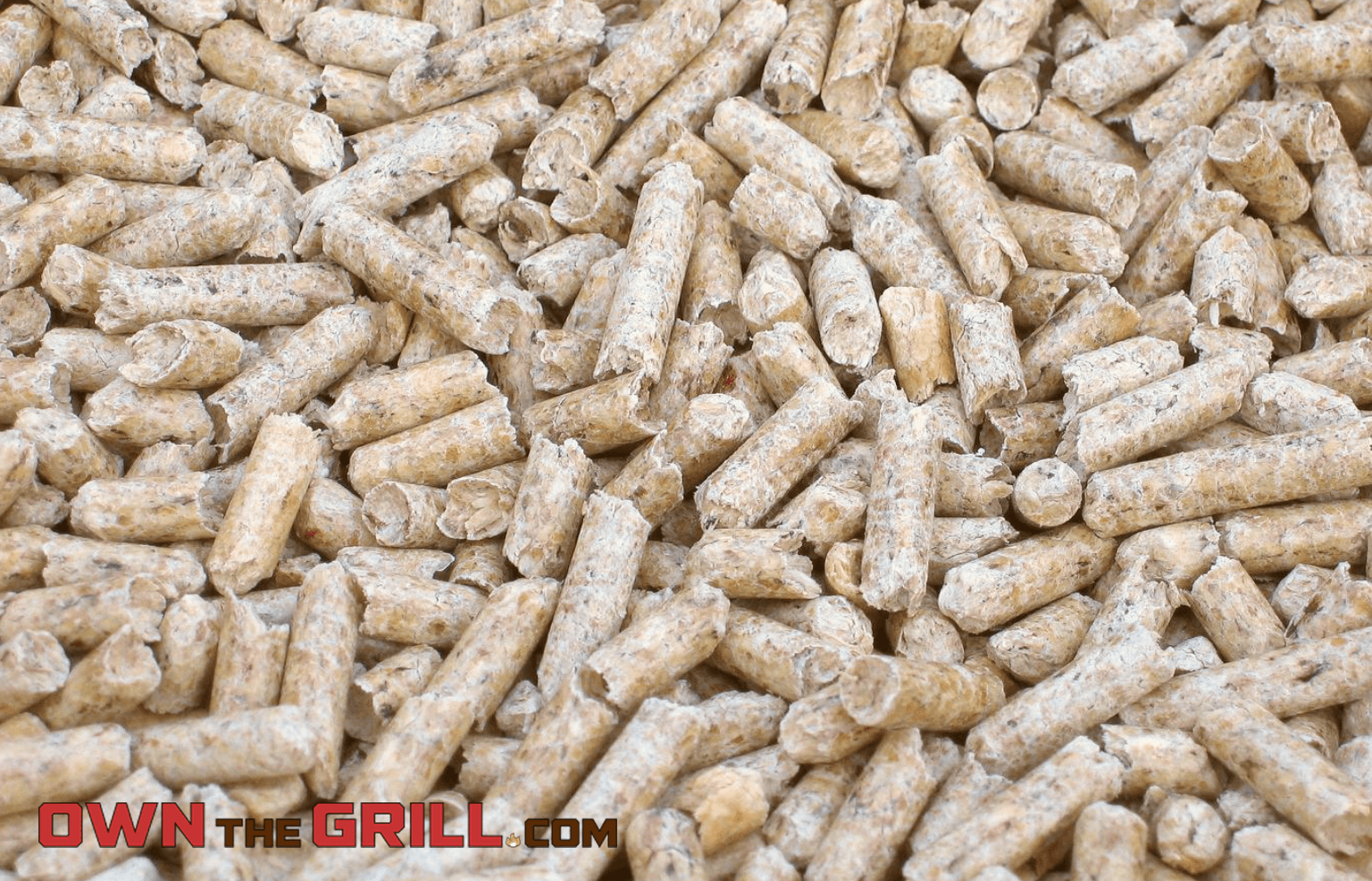This content contains affiliate links. If you make a purchase after clicking a link on this page, we might receive a commission at no cost to you.
I remember when I first started out on my cooking journey, I had no idea that there was actually more than one type of charcoal out there. I assumed it was all one in the same.
As it turns out, charcoal briquettes and lump charcoal are quite different from one another.
If you want to learn about the similarities and differences between these two types of fuel that feed our charcoal grills, then you’ve come to the right place. In this article, we’ve compiled a complete comparison of lump charcoal vs briquettes. By the end, you’ll have a clear picture of what each of these types of charcoal are best for – and which is ideal for use in your cooker.
What Is Lump Charcoal?
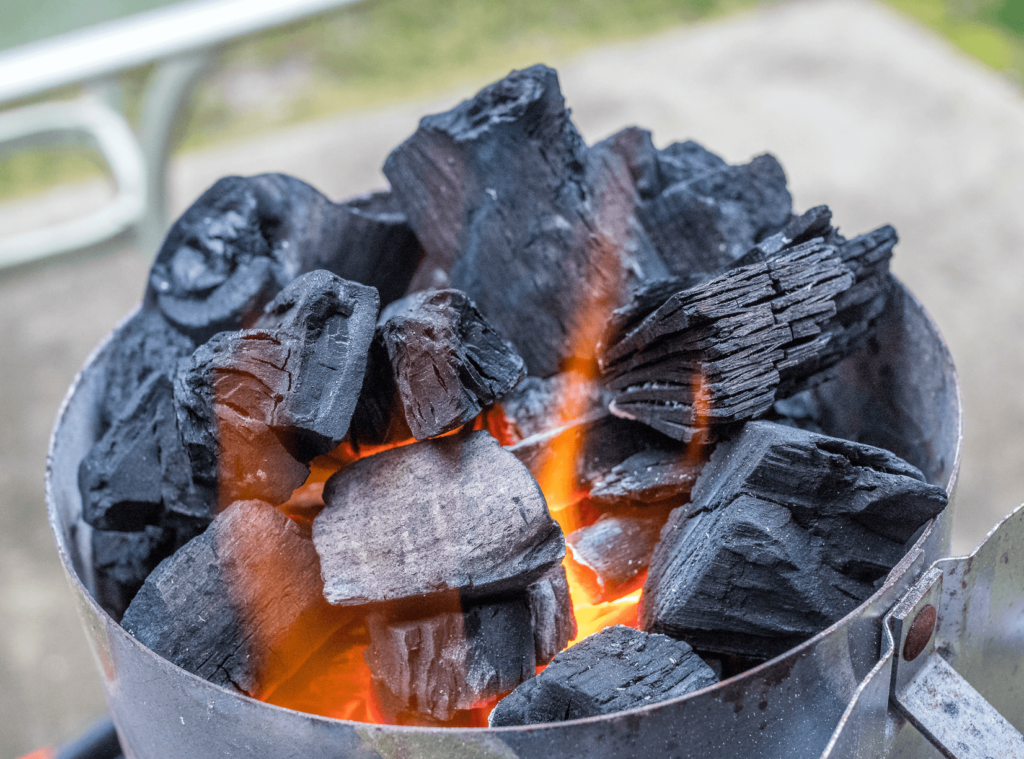
So, what exactly is lump charcoal and how does it differ from the traditional briquettes you’d find at the local store?
From a high level lump charcoal is a charcoal fuel made by healthier and sustainable methods – many people describe lump an “organic” version of charcoal. We’ll get into the process of how lump charcoal is made in a moment, but the nuts and bolts of it is that zero additives, chemicals, or lighter fluids are used at any point in the process of making lump charcoal.
Aesthetically, lump charcoal kind of just looks like burnt or charred wood logs. You might also see some branch looking pieces or even pieces that look like they are a small section of furniture – that’s perfectly normal! Many lump charcoal manufacturers utilize repurposed wood in their supply, and it’s all 100% food safe.
Lump charcoal imparts a distinct, clean, and robust smokey flavor profile that is sure to elevate the taste of just about any type of food you can put on the smoker or grill.
- 100% natural - pure, dense South American hardwood blend
- Low ash and superior burn (max temperatures over 1,100ºF
- Waterproof & dustproof packaging with carry handle and zip top closure
How Is Lump Charcoal Made?
Lump charcoal is made by taking hardwood logs and pieces and burning them in an oxygen free environment. The wood is burnt until all impurities are gone and the wood is depleted of any sap, oils, moisture, or other chemicals that might have been inside. All of these substances and impurities are essentially vaporized out of the wood during this burning process.
This process is labor intensive and not the most efficient – which is part of the reason why lump charcoal typically runs more expensive compared to other types of fuel. It takes quite a bit of time to get a solid yield of large, usable pieces.
For reference, only about 15-20% of the hardwood by weight that begins the process makes it out to be lump charcoal that would end up in a bag you’d buy. It more or less takes 125 pounds of hardwood to fill a 20 pound bag of lumpwood.
It’s actually possible for you to see the process first hand by making your own lump charcoal at home!
Benefits and Drawbacks of Lump Charcoal
Now that we’ve gone over what lump charcoal is and how it’s made, let’s take a look at some specific benefits and drawbacks that lump charcoal has to offer.
Lump Charcoal Pros
- Lump charcoal is all natural, and completely void of chemicals, additives, or impurities. This purity translates directly to the quality of your food.
- This type of fuel lights quickly and burns hot. Since it is very reactive to oxygen, you won’t have to spend time messing around with lighting your lump charcoal – it’s a simple and easy process.
- Since it’s so reactive to oxygen, you can easily control your grill or smoker’s temperature with vents and dampers.
- Lump does not produce very much ash, so you can expect minimal hassle and time required to extinguish them after you cook.
- Lots of the wood used is repurposed, which in a small way is a contribution to a healthier planet.
Lump Charcoal Cons
- Lump charcoal is more expensive – even though it burns efficiently, your ongoing costs of fuel will definitely be higher compared to briquettes.
- Your temperature can get out of hand if you aren’t careful. Especially in well insulated cookers, it’s possible to get the heat too high and have trouble getting your smoker back down to the right temperature.
- You have to be careful which manufacturers you buy from – some will sell bags with too many unusable small pieces or dust, which is a frustrating experience to say the least.
What Are Charcoal Briquettes?
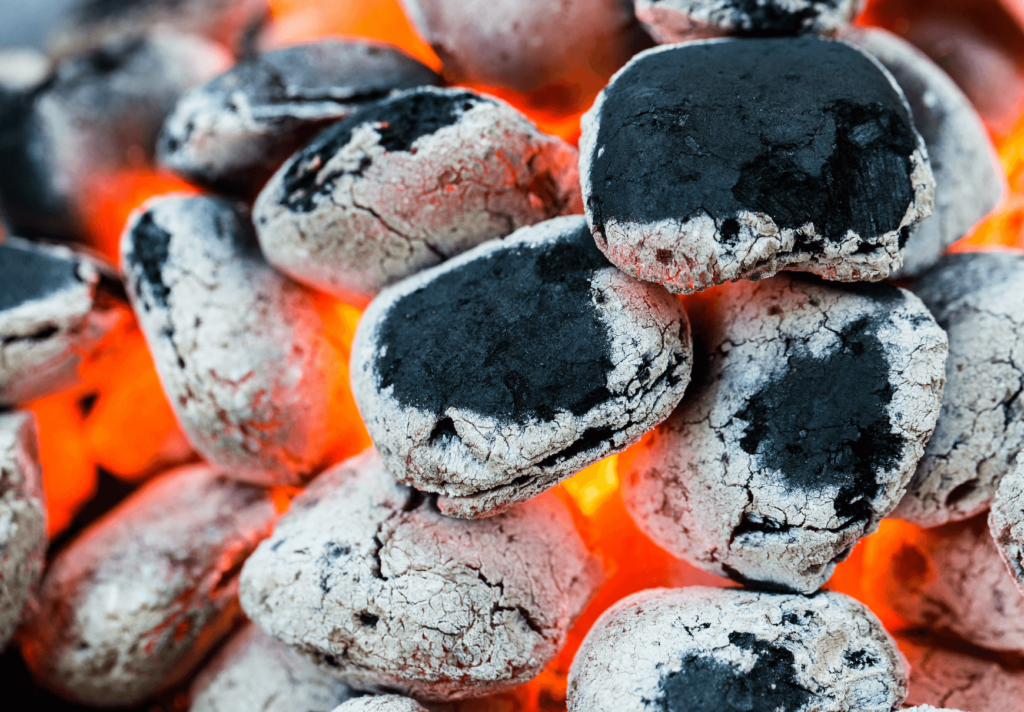
Charcoal briquettes are the type of charcoal that most people are familiar with. Briquettes are widely available and sold at almost every grocery and home improvement store – no matter where you live.
By nature, charcoal briquettes are slower to light and burn longer compared to lump charcoal. This makes them a nice choice for longer smoking sessions, as they are capable of maintaining steady temperatures for long periods of time.
These small, pillow shaped pieces of charcoal are commonly mixed with additives or chemicals to help them light quicker. Although nowadays it’s easy enough to find briquettes that are all natural and don’t have additives, there is more processing that goes into the making of briquettes. A byproduct of the extra processing is that briquettes will leave a large amount of ash after you use them for a cook.
How Are Charcoal Briquettes Made?
Pillow shaped charcoal briquettes are made from sawdust and other wood byproducts. These components are compressed with binders and other additives at extremely high pressure, resulting in the little bricks that show up in your charcoal bag.
Most commonly, the binder of compressed charcoal briquettes is starch. Other additives can include borax, sodium nitrate, and limestone, amongst others.
Benefits and Drawbacks of Charcoal Briquettes
Here are the pros and cons of using charcoal briquettes as a fuel source for your smoker or grill.
Charcoal Briquettes Pros
- Briquettes burn for a long time. You can also easily maintain a steady temperature during longer smoking sessions with briquettes.
- Charcoal briquettes are cheap. On a per pound basis, briquettes are much more affordable than lump.
- Briquettes are better for creating temperature zones. Since the heat output is more steady and predictable, you can easily use briquettes to set up multiple heat zones on your grill.
- You can find briquettes just about anywhere – they are widely available and easy to get ahold of.
Charcoal Briquettes Cons
- Briquettes take a while to light up. And if you don’t invest in a charcoal chimney starter, it can be challenging to light up without using lighter fluid chemicals.
- Charcoal briquettes produce substantially more ash. This contributes to a longer clean up time and too much ash build up just flat out will make your life difficult for certain grill types and smoker types.
- Many types of briquettes have a chemical smell to them. Even if they don’t have a lot of additives in them, the processing required to create briquettes leaves a chemical like smell behind.
- They don’t burn as hot as lump charcoal. Although this can benefit some situations, it can be difficult or take a while to achieve searing temperatures or high heat grilling with briquettes.
Lump Charcoal vs Briquettes – Head to Head
Knowing a little bit more about both of these fuel types is key to understanding which might be the right choice for you. The answer to which is better between lump charcoal vs briquettes largely comes down to personal preference, with one notable exception.
If you own a kamado grill, we’d highly recommend sticking to lump charcoal. By design these cookers typically feature a minimal amount of space to collect ash, so using briquettes runs the risk of clogging up your air vents and completely ruining the cooking process. The good news for the kamado grill user is that kamados are particularly efficient when it comes to fuel consumption. Since ceramic grills are such good insulators, you won’t blow through your expensive, high quality lump charcoal too quickly.
For all other types of grills and smokers, which is better between lump charcoal vs briquettes is more subjective. Both fuel types work perfectly fine with the majority of cookers out there, so you just need to take your budget and personal preferences into consideration.
Personally, I prefer lump in most situations to briquettes for a couple of reasons – although I regularly use both for different cooks. I think lump charcoal is more ideal for grilling because it burns so quickly and so hot. When I get home from work and want to quickly sear a steak or some burgers, I’m not really interested in waiting around for 20 to 30 minutes while my charcoal briquettes come up to temperature.
Lump charcoal works much better for me in this kind of situation, and allows me to achieve beautiful sears quickly for my typical day to day grilling needs.
On the other hand, I’ll personally use charcoal briquettes combined with either wood pellets or wood chips when I’m smoking something. For the smoker, it’s nice to be able to light up charcoals and know they will burn at a consistent temperature for a long time. If you’re a seasoned pro on the smoker and better at building and managing fires, lump charcoal is a fantastic fuel for smoking too though.
One other consideration – briquettes will smoke significantly more than lump charcoal. Flavor wise, if you prefer strong smoke then briquettes might be your fuel of choice anyways. But if you prefer a lighter, more finessed yet still robust smokey flavor – then lump charcoal is the way to go.
Lump Charcoal vs Briquettes – Final Thoughts
At the end of the day, the lump charcoal vs briquettes debate comes down to what you find important in your food. If you prefer a more “organic”, all natural experience, then lump charcoal is the way to go. Lumpwood also makes life a little bit easier when you need to get the temperatures high for sear jobs, or if you’re cooking with a kamado grill.
Charcoal briquettes on the other hand are still a perfectly viable source of fuel for your grills and smokers. While they’re subjected to a little bit more processing, they are still 100% food safe and healthy – and are sure to impart classic smokey BBQ flavor onto your food. They’re also a little bit easier to manage for beginners and take a little bit longer to ignite.
Which one is your fuel of choice lump charcoal vs briquettes? We’d love to hear your feedback in the comments section below.


